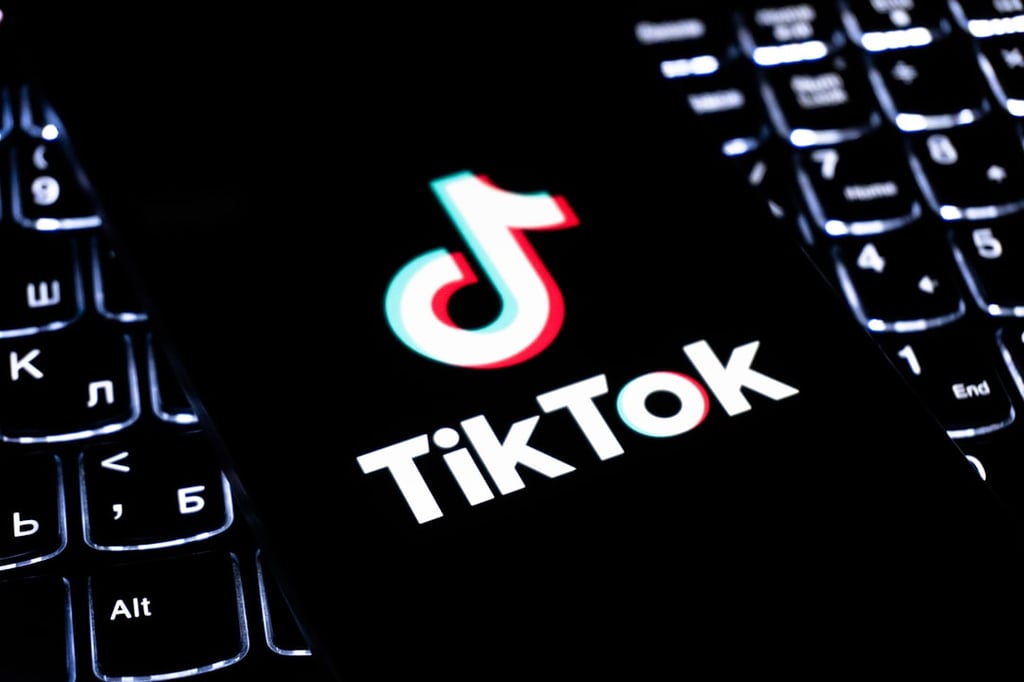Datamation content and product recommendations are
editorially independent. We may make money when you click on links
to our partners.
Learn More
Wi-Fi usage continues to increase in markets all over the world. That’s the finding from the latest edition of the iPass Broadband Mobility Index, released last month.
The Index tracks how and where people connect to wireless networks around the world. It lists H1 2008 statistics for global Wi-Fi hotspots and usage of 2.5G and 3G mobile broadband in the US. The Index also summarizes internal data collected by iPass and represents usage behavior across its base of roughly 3,500 enterprise customers, including more than 400 of the Forbes Global 2000.
When in Rome (or London)…
The newest results show that European use of Wi-Fi hotspots for business has surpassed use in the US. European use now claims 47% of the global total, up from 36% in 1H 2007, indicating growth of more than 89% over the last survey’s numbers.
Wi-Fi usage also saw impressive growth in the Asia Pacific region and Latin America, where hotels, restaurants, train stations, and public places continue to be high-growth areas.
London remains the top city, in terms of usage rates, for business users of Wi-Fi, although its growth has slowed to a more realistic level, down from 251% to 27% growth in H1 2007. This is the first time that European business use of Wi-Fi hotspots has eclipsed North American use in the iPass results. In fact, the results show that nearly 70% of the growth in global Wi-Fi came from Europe, where seven of the top ten Wi-Fi-using countries in the world are located.
“The results of the latest Mobile Broadband Index indicate that businesspeople worldwide continue to do more work away from the office, whether they’re on a business trip, commuting, or checking e-mail at a nearby café or restaurant,” said Joel Wachtler, vice-president of marketing and strategy for iPass. “We see both Wi-Fi hotspots and 3G mobile broadband playing an important role in keeping the workforce productive, and iPass expects WiMAX and other ‘4G’ technologies to continue this trend towards a ubiquitously connected multi-technology world.“
North America grew 17% year over year and now accounts for 45% of usage, down from 56% the year before, while Asia Pacific grew by 54% to hold steady at 6% of worldwide share. Latin America and the remaining world regions grew at 98% and 76% respectively, but each only accounts for 1% of global usage.
While London remains the top city for business users of Wi-Fi, Singapore and Tokyo experienced high growth and landed at number two and three respectively. In the U.S., Chicago replaced New York as the top Wi-Fi city for business users (it was fifth in the world). Seattle, New York, Houston and San Francisco also made the Top Ten list.
iPhone much?
With carriers, such as AT&T, aggressively expanding and marketing their 3G networks and supported devices, it’s no surprise that the study shows 3G use in the United States is up 59% between 2007 and 2008. Wi-Fi hotspot usage worldwide is also climbing at a rapid rate. The report shows global business use of iPass Wi-Fi hotspots increased by 46% from the first half of 2007 to the first half of 2008.
3G network coverage in the US has continued to mature. In Q1 2007 only 35% of users in the survey were able to rely solely on 3G throughout a given month with the remainder forced to fall back on slower “2.5G” technology occasionally; by Q2 2008 the number of 3G-only users had risen to 53%.
More is more
Very heavy users accounted for a disproportionate amount of the 3G data traffic growth, with the top 10% of users accounting for half of the overall usage growth. The percentage of users with over 1 GB of traffic per month more than doubled from Q2 2007 (1.2% of all users) to Q2 2008 (2.8%). In contrast, median mobile broadband usage remained relatively unchanged, dropping from 96 MB per month in Q2 2007 to 93 MB per month in Q2 2008. iPass says that this may indicate a growing tendency for a small slice of the market to rely on 3G for all remote access (for example, at home or in a hotel) as opposed to true daily on-the-go usage.
Business Wi-Fi use in hotels grew by 66% and now accounts for more than 34% of the global share. Hotel sessions tend to be much longer than the average, at 167 minutes per session, a trend that has been true in previous Indexes as well. By comparison, hotspot use in cafes, restaurants, and other retail locations usually last for about an hour, while session times in airports only last, on average for about 40 minutes.
Restaurants continue to increase in popularity; use more than doubled so they now account for 5% of the worldwide usage. While cafes were still the largest retail category, their annual growth slowed to 18%, possibly signaling some saturation of this early-to-market segment for Wi-Fi hotspots.
Mobile workforce
Inter-city travel venues, such as hotels or airports, remain the most popular place for business users to hop onto a Wi-Fi hotspot, accounting for nearly three quarters of Wi-Fi sessions globally. It’s no surprise that airports still take the lion’s share, with 40% of overall sessions, and growth of 28% since last year.
Locations considered “commuter transit locations,” such as train stations and ferries, showed very strong growth of 79% year-on-year, as Wi-Fi and WiMAX expand into these well-frequented venues around the world. London city train stations proved to have the largest number of Wi-Fi sessions, followed by the Japan Rail train network. But U.S. commuters are using their commute time to get some work done, as well, when it’s an option. The Seattle-area Washington State Ferry system, which came in third, even beat out the popular Heathrow Express airport trains that connect London with the airport.
The most dramatic growth for locally-oriented mobile workers came in hotspots in public venues, such as business parks, payphones, and city centers. While still small in total, Wi-Fi use in public locations more than tripled and was marked by average session lengths of nearly three hours.
Naomi Graychase is Managing Editor at Wi-Fi Planet.
This article was first published on WiFiPlanet.com.
-
Ethics and Artificial Intelligence: Driving Greater Equality
FEATURE | By James Maguire,
December 16, 2020
-
AI vs. Machine Learning vs. Deep Learning
FEATURE | By Cynthia Harvey,
December 11, 2020
-
Huawei’s AI Update: Things Are Moving Faster Than We Think
FEATURE | By Rob Enderle,
December 04, 2020
-
Keeping Machine Learning Algorithms Honest in the ‘Ethics-First’ Era
ARTIFICIAL INTELLIGENCE | By Guest Author,
November 18, 2020
-
Key Trends in Chatbots and RPA
FEATURE | By Guest Author,
November 10, 2020
-
Top 10 AIOps Companies
FEATURE | By Samuel Greengard,
November 05, 2020
-
What is Text Analysis?
ARTIFICIAL INTELLIGENCE | By Guest Author,
November 02, 2020
-
How Intel’s Work With Autonomous Cars Could Redefine General Purpose AI
ARTIFICIAL INTELLIGENCE | By Rob Enderle,
October 29, 2020
-
Dell Technologies World: Weaving Together Human And Machine Interaction For AI And Robotics
ARTIFICIAL INTELLIGENCE | By Rob Enderle,
October 23, 2020
-
The Super Moderator, or How IBM Project Debater Could Save Social Media
FEATURE | By Rob Enderle,
October 16, 2020
-
Top 10 Chatbot Platforms
FEATURE | By Cynthia Harvey,
October 07, 2020
-
Finding a Career Path in AI
ARTIFICIAL INTELLIGENCE | By Guest Author,
October 05, 2020
-
CIOs Discuss the Promise of AI and Data Science
FEATURE | By Guest Author,
September 25, 2020
-
Microsoft Is Building An AI Product That Could Predict The Future
FEATURE | By Rob Enderle,
September 25, 2020
-
Top 10 Machine Learning Companies 2021
FEATURE | By Cynthia Harvey,
September 22, 2020
-
NVIDIA and ARM: Massively Changing The AI Landscape
ARTIFICIAL INTELLIGENCE | By Rob Enderle,
September 18, 2020
-
Continuous Intelligence: Expert Discussion [Video and Podcast]
ARTIFICIAL INTELLIGENCE | By James Maguire,
September 14, 2020
-
Artificial Intelligence: Governance and Ethics [Video]
ARTIFICIAL INTELLIGENCE | By James Maguire,
September 13, 2020
-
IBM Watson At The US Open: Showcasing The Power Of A Mature Enterprise-Class AI
FEATURE | By Rob Enderle,
September 11, 2020
-
Artificial Intelligence: Perception vs. Reality
FEATURE | By James Maguire,
September 09, 2020
SEE ALL
ARTICLES



